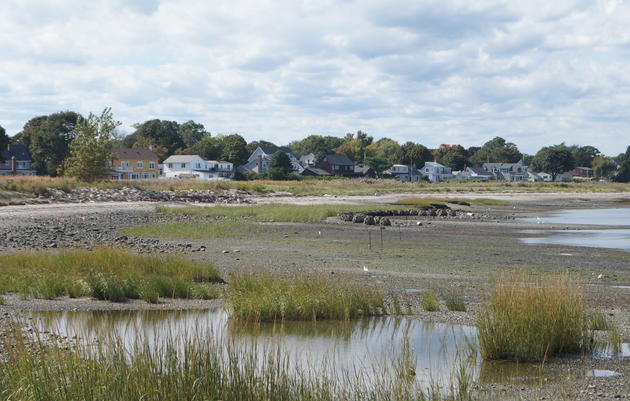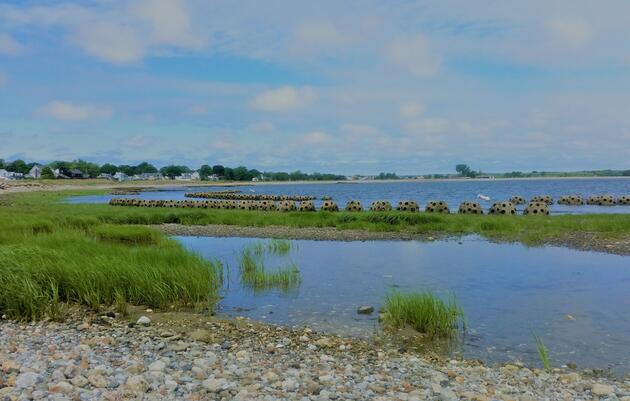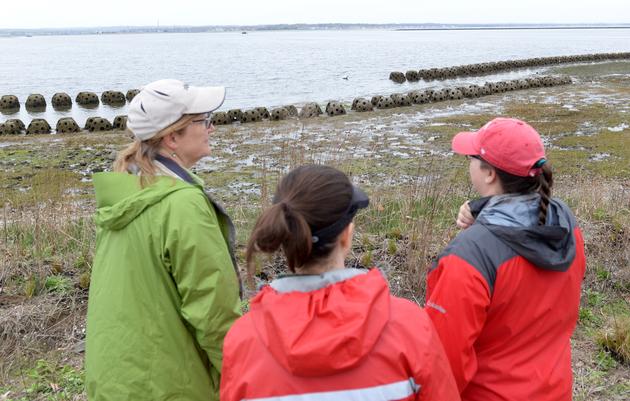In May and June, during the high tides of the new and full moons, horseshoe crabs move from the deep waters of Long Island Sound to find mates and lay their eggs in the sand.
These eggs are nutritious and essential fuel for migratory birds, the Red Knot in particular. Flying from the southernmost tip of South America up to the Canadian Arctic, Red Knots would not be able to complete their journey – or survive - without eating hundreds of thousands of the tiny eggs.
On August 9, Audubon joined Governor Lamont, Rep. Joe Gresko, Senator Kevin Kelly, Mayor Laura Hoydick, Rep. Ben McCordy, and Rep. Laura Dancho, at a bill signing ceremony in Stratford to celebrate a new law which implements a ban on the hand harvesting of horseshoe crabs from Connecticut waters.
“Unfortunately, the number of horseshoe crabs in Long Island Sound and throughout the Atlantic Coast has been severely depleted in recent years, raising concerns that this ancient species that has been around longer than the dinosaurs could be driven into extinction from overharvesting,” Governor Lamont said, as he celebrated the passage of legislation banning horseshoe crab harvests in Connecticut.
“This law says that we need to take a break and let this species regenerate and get back to a state of good health. I strongly urge our neighboring states to join this growing coalition and enact similar laws to protect the population in their waters,” the Governor added.
The law enables the Department of Energy and Environmental Protection to issue permits authorizing the limited harvesting of horseshoe crabs only for scientific and educational purposes if it is determined that doing so will not harm the overall horseshoe crab population.
Also on hand at the ceremony was the husband of the late Dr. Jennifer H. Mattei, Professor of Biology at Sacred Heart University and founder of Project Limulus. Dr. Mattei led the initiative to study horseshoe crabs in the Long Island Sound, inform management of the population, and educate and engage the public, and was a key influence in the creation and passage of the new law.

Dr. Mattei also collaborated with Audubon on an award-winning “living shoreline” project in Stratford, funded by the In Lieu Fee wetland mitigation program. Hundreds of cement reef balls, each weighing 1,500 pounds, were installed at Stratford Point to absorb wave energy and reduce erosion. In just four years, a salt marsh was re-established.







